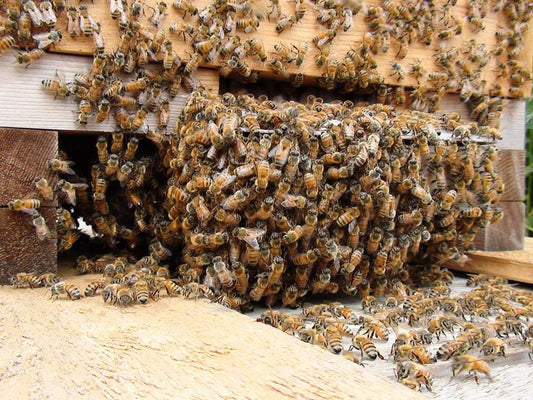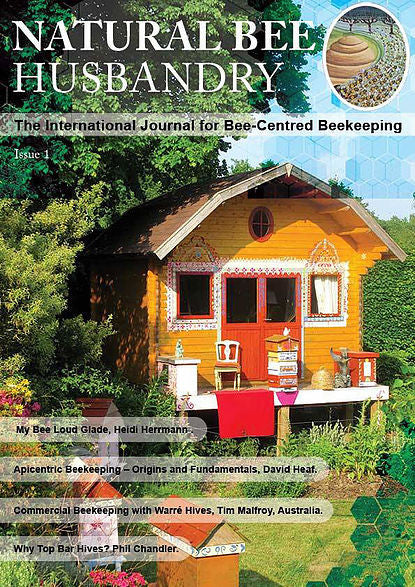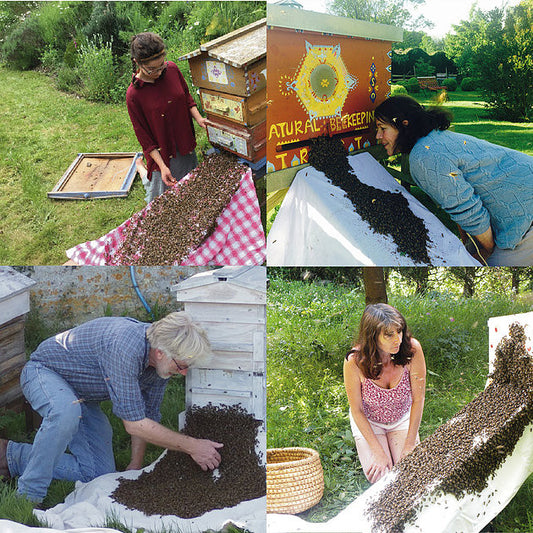Learn - Apprendre

Warré Hive misconceptions
I am always fascinated how many false ideas and misconceptions about the Warré Hive are being said. Anybody who wants to speak about it should at least read the book...
Warré Hive misconceptions
I am always fascinated how many false ideas and misconceptions about the Warré Hive are being said. Anybody who wants to speak about it should at least read the book...

New awesome Bee-centred magazine by Northern Be...
‘Natural Bee Husbandry’ will focus on a type of beekeeping which can be described in many ways: sustainable beekeeping, bee-centred beekeeping, apicentric beekeeping, sensitive beekeeping, bee-friendly beekeeping, etc. It will be of special interest to...
New awesome Bee-centred magazine by Northern Be...
‘Natural Bee Husbandry’ will focus on a type of beekeeping which can be described in many ways: sustainable beekeeping, bee-centred beekeeping, apicentric beekeeping, sensitive beekeeping, bee-friendly beekeeping, etc. It will be of special interest to...
Honey from the Warré hive...
Honey from the Warré hive is so different... We are beginning to understand why. A must-read paper by David Heaf. Bee-guided pharmacognosy?
Honey from the Warré hive...
Honey from the Warré hive is so different... We are beginning to understand why. A must-read paper by David Heaf. Bee-guided pharmacognosy?

Hardening of the Heart - the task of the modern...
You have to read this post from the Natural Beekeeping Trust... Please share! Hardening of the Heart - the task of the modern beekeeper
Hardening of the Heart - the task of the modern...
You have to read this post from the Natural Beekeeping Trust... Please share! Hardening of the Heart - the task of the modern beekeeper

Question: Au Québec existe-t-il une réglementat...
Bonne question! Vous trouverez la réponse ici: https://www.mapaq.gouv.qc.ca/fr/Publications/Apiculture_citadine.pdf
Question: Au Québec existe-t-il une réglementat...
Bonne question! Vous trouverez la réponse ici: https://www.mapaq.gouv.qc.ca/fr/Publications/Apiculture_citadine.pdf
